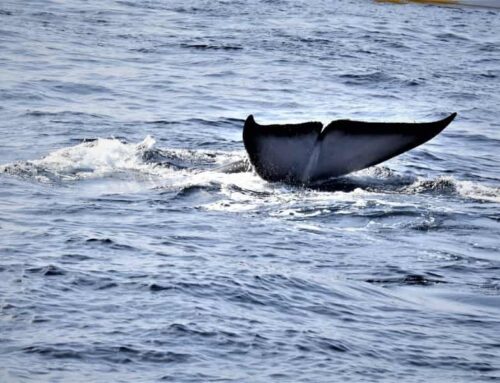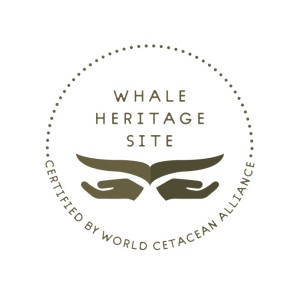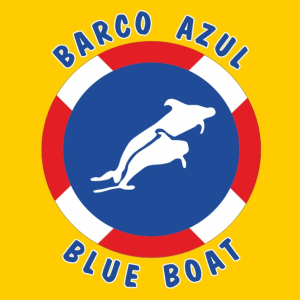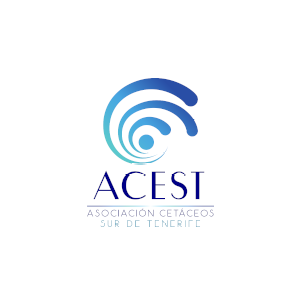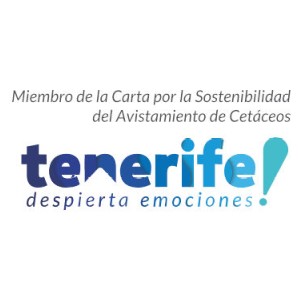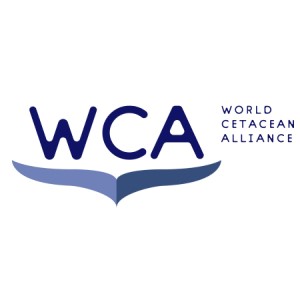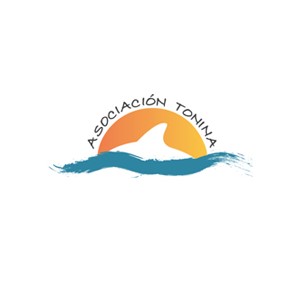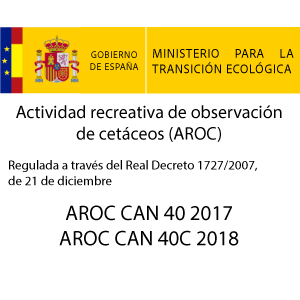Exploring Tenerife’s Marine Wealth: An Encounter Under the Atlantic Ocean
Committed to all quality standards.
Tenerife is a true paradise for nature lovers, and especially for those who enjoy the underwater world. Its crystal-clear waters, benefiting from ocean currents and a stable subtropical climate, create ideal conditions for the flourishing of a great diversity of species. Below, we will delve into the incredible biodiversity that inhabits these coasts, highlighting the cetaceans and other marine animals that make Tenerife a dream destination for responsible tourism and scientific research.
Marine Life in Tenerife: Discover the Diversity Beneath the Sea
The biological richness concentrated around the Canary Islands is the result of a unique geographical position. Situated along migratory routes and with nutrient-rich waters, Tenerife offers perfect conditions for marine life. Thus, it’s not only possible to spot whales and dolphins, but also corals, turtles, manta rays, and a multitude of fish that populate the volcanic formations of the seabed.
Cetacean Species in Tenerife Waters
- Pilot Whale (Globicephala macrorhynchus)
- Permanent residence: It is considered the star of Tenerife because family groups can be seen throughout the year.
- Social behavior: They have very strong family bonds and usually move in pods of 10 to 20 individuals.
- Bottlenose Dolphin (Tursiops truncatus)
- The friendliest: Known for its sociable and curious nature, it’s not uncommon to see them approach the bow of boats to “play” with the waves.
- High adaptability: They are found in all types of habitats, from shallow coastal waters to deeper areas.
- Bryde’s Whale (Balaenoptera edeni)
- Seasonal visits: On occasion, it crosses the waters of Tenerife in search of schools of fish or warmer migratory routes.
- Imposing size: It can exceed 12 meters in length, although its elusive nature makes prolonged sightings difficult.
- Sperm Whale (Physeter macrocephalus)
- Giants of the depths: Although more difficult to observe, sightings of sperm whales passing by the island in search of squid have been documented.
- Prolonged dives: They can descend to great depths to feed, remaining hidden for long intervals.
Migrations and Seasons
- Spring and autumn are usually the peaks of greatest activity, as various species take advantage of nutrient-rich currents to feed or reproduce.
- Even so, as resident populations exist, sightings occur practically all year round.
Interaction with Marine Fauna
- Responsible Sighting Practices
- Safety distance: Respecting the vital space of whales and dolphins ensures they feel comfortable and do not alter their natural behavior.
- Do not feed or touch: These actions can create dependency in the animals and expose them to diseases or stressful situations.
- Snorkeling and Diving
- Designated areas: Tenerife has areas especially recommended for diving, such as El Puertito de Adeje or Bahía de Abades, where it’s common to encounter sea turtles and schools of colorful fish.
- Appropriate equipment: If you are going to perform these activities, make sure to use wetsuits and diving weights that do not harm the environment (avoid contact with corals and seabeds).
- Importance of Silent Observation
- Avoid excessive noise: Boat engines already generate enough disturbance, so it’s recommended to reduce loud music or unnecessary shouting.
- Relationship with cetacean behavior: A calm environment favors the approach of whales and dolphins, which often show more curiosity when they don’t feel harassed.
Benefits of Respectful Interaction
- Enriching experience: Observing animals in their natural behavior is much more rewarding than forcing contact situations.
- Promotion of conservation: By learning about the importance of habitats and species, visitors often become more aware and support protection initiatives.
Importance of Marine Conservation
- Ecological Role of Cetaceans
- Regulation of food chains: By feeding on large volumes of fish or squid, they maintain the balance of the marine ecosystem.
- Nutrient movement: Their migrations and excrement transfer nutrients between different ocean layers, promoting phytoplankton productivity.
- Global Threats
- Plastic pollution: Bags, fishing nets, and microplastics pose a serious danger to whales and dolphins, which can ingest them or become entangled.
- Climate change: Rising water temperatures and ocean acidification affect the distribution of species and the availability of their prey.
- Conservation in the Canary Islands
- Cetacean protection laws: Local and European regulations govern the minimum approach distance, as well as the speed of vessels in sighting areas.
- Reserves and protected marine areas: In Tenerife, the creation or expansion of protected areas to safeguard marine biodiversity is being studied.
What You Can Do
- Support responsible tours that comply with legislation and promote environmental education.
- Avoid disposable products during your visits, using reusable bottles and bags.
- Participate in beach clean-ups or awareness campaigns on plastic use.
Educational Activities During the Tour
- Onboard Talks and Workshops
- Some operators offer real-time explanations about the sighted species, their customs, and the threats they face.
- It is an opportunity for visitors to understand the impact of pollution and climate change on the marine environment.
- Volunteer Programs
- Scientific collaborations: There are initiatives that allow tourists to participate in research projects, recording sightings or collecting water samples.
- Environmental education: These activities deepen the connection with the island and generate a sense of shared responsibility.
- Dissemination Material and Technological Tools
- Illustrated guides, apps for cetacean registration, and QRs linking to informative videos can enrich the experience.
- They foster the curiosity of the little ones, turning the sighting into a learning adventure.
Benefits of Environmental Education
- Generates awareness and commitment in travelers, who become ambassadors for conservation once they return home.
- Strengthens the local industry: An informed tourist values the quality of services and usually prefers companies that contribute to the well-being of the community and fauna.
Other Marine Animals to Observe
The variety of underwater fauna goes far beyond whales and dolphins. Tenerife offers a diversity that fascinates divers, photographers, and curious individuals alike.
- Sea Turtles (Caretta caretta, Chelonia mydas)
- Breeding grounds and feeding areas: Among the most common is the loggerhead turtle (Caretta caretta), which comes to Tenerife to feed in calm waters rich in seagrass beds.
- Good adaptation: It is possible to see them on rocky coasts and sandy bottoms, especially in places like El Puertito de Adeje.
- Rays and Manta Rays
- Elegance in motion: These animals usually glide smoothly over the sandy seabed, searching for mollusks and crustaceans.
- Precautions: If diving in ray areas, always maintain your distance and avoid sudden movements.
- Tropical and Reef Fish
- Variety of colors: Species like the trumpetfish, pufferfish, and various snappers add an exotic touch to the Canarian volcanic seabeds.
- Artificial reefs: There are diving spots where old sunken structures act as reefs, favoring the proliferation of fish and corals.
- Octopus and Cuttlefish
- Masters of camouflage: With their ability to change color and texture, they can go unnoticed by the untrained eye.
- Nocturnal activities: They are more active at dusk, so some night dives offer the opportunity to see them hunting.
Recommendations for Spotting Other Species
- Best times: Dawn and dusk are usually the busiest times, as many species feed or move around.
- Protected areas: Find out which areas are recommended for each type of sighting and respect the limits set by the authorities.
Final Conclusions
The marine life of Tenerife is a treasure manifested in the variety of cetaceans, turtles, rays, fish, and corals that inhabit its waters. Behind every sighting lies a complex ecological balance that deserves to be protected through responsible tourism and environmental awareness.
For those looking not only to enjoy an unforgettable vacation but also to learn and contribute to the preservation of this valuable environment, Tenerife presents itself as a top-tier destination. From educational activities to volunteer projects or simple daily actions like plastic reduction, every effort adds up when it comes to ensuring that future generations can continue to marvel at the richness of underwater life on this privileged island.
Exploring its waters with respect and admiration will allow you to discover an underwater world full of surprises, ignite your passion for conservation, and undoubtedly bring you unforgettable memories with each dive or sighting excursion.
